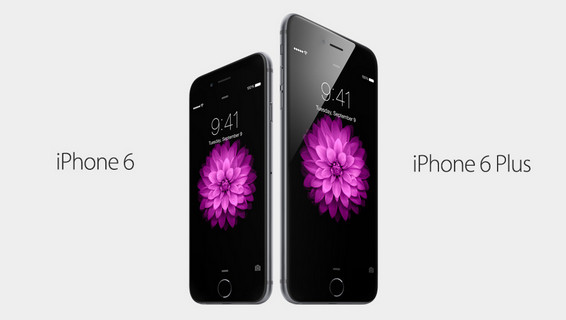Much to Apple fans dismay last week, the nearly indestructible sapphire glass covers were not found on any of the iPhone 6 models. Many were scratching their heads and wondering why.
VentureBeat and Mac Cult have offered two very different explanations that are worth looking into.
Apple intended to put sapphire glass covers in the latest iPhone 6, but the material failed to pass drop-tests, the VentureBeat cited IDC Analyst Danielle Levitas saying. The glass’s vulnerability and high manufacturing costs proved to be too risky for Apple to offer sapphire glass iPhone 6, she said.
 |
|
Sapphire cover glass are absent on iPhone 6 and iPhone 6 Plus. (Photo Courtesy of Apple) |
However, another analyst attributed sapphire processing as the main issue. “The issue that emerged is that the finishers were still having trouble creating the sapphire edges and yields were only at 25 percent or less,” wrote Matt Margolis, a senior research analyst at PTT Research and sapphire specialist in a Wallstreet Forensics report.
According to Margolis the delayed launch of sapphire glass covers in iPhone 6 was not because of GT Advanced Technology’s low yield rates, but was due to Chinese sapphire processing manufacturers including Biel Crystal and Lens Technology difficulties in make sapphire glass covers edges.
This point was supported by Cult of Mac which obtained a shipment receipt showing Lens Technology shipped 1,937 kilograms of sapphire back to GTAT. The volume of sapphire returned is enough to make 80,000 iPhone 6 sapphire glass screens.
Due to Chinese sapphire processing manufacturers limitations, it appears processing will take place in the GTAT plant in the near future, wrote Margolis. Sapphire glass covers that did not pass quality tests for iPhone 6 will be converted into glass covers for the Apple Watch.
“The sapphire produced from the Arizona sapphire facility is sufficient enough to cover well north of 60 million Apple Watches annually once it is fully ramped up by early 2015,” he said.





 CN
TW
EN
CN
TW
EN






